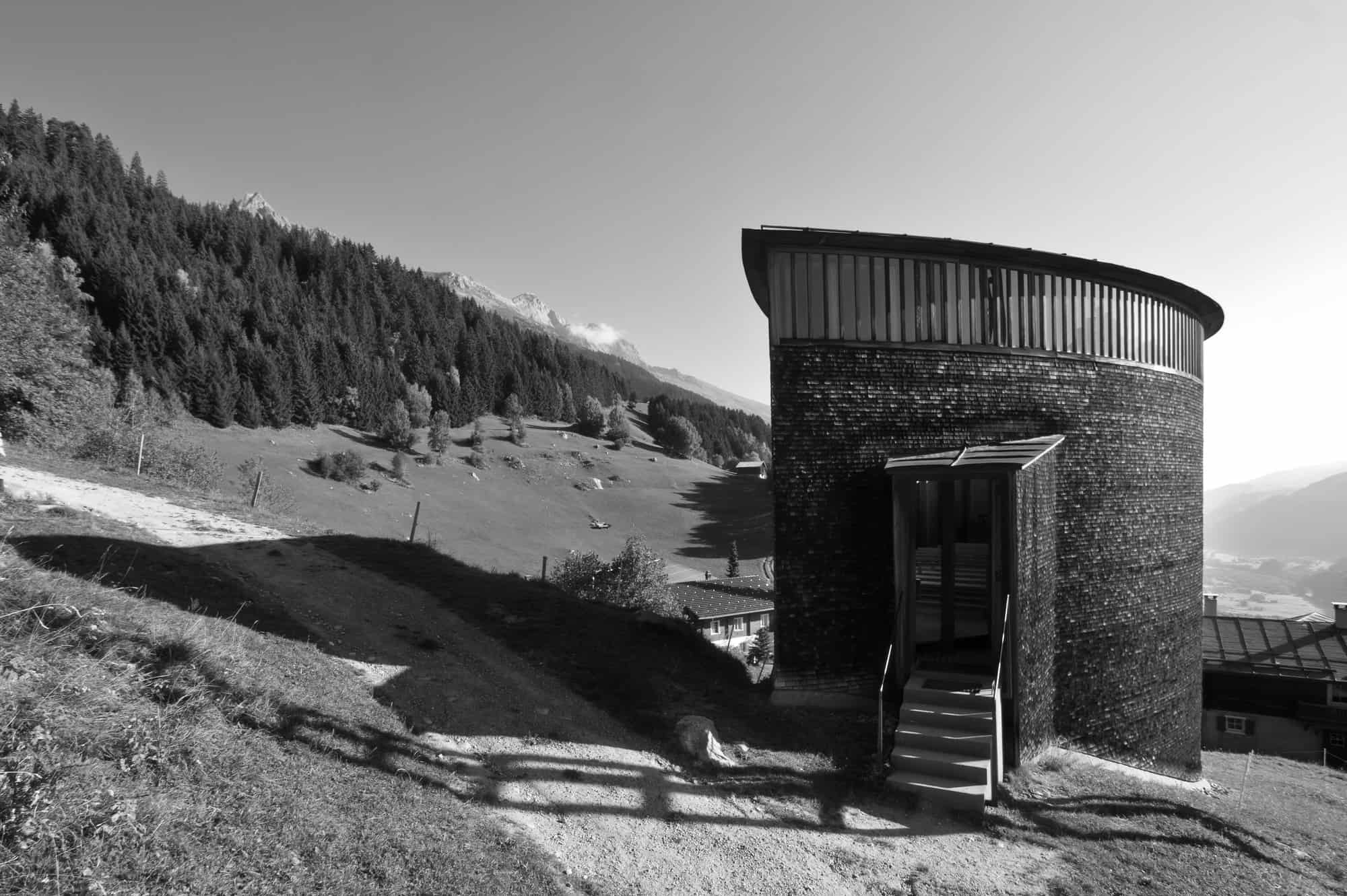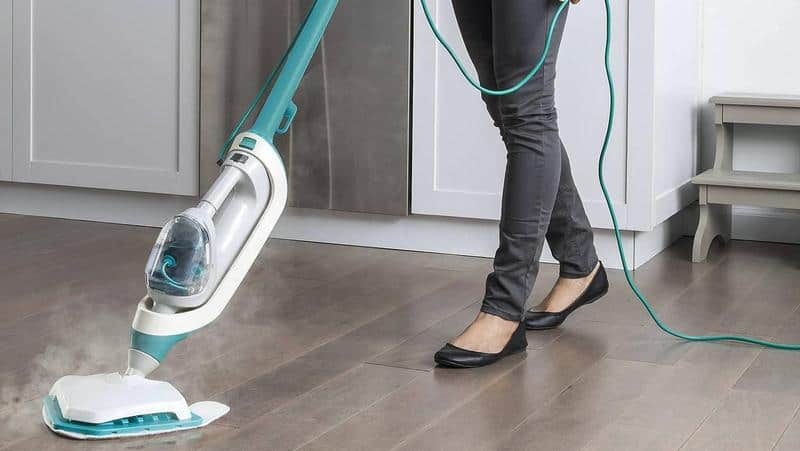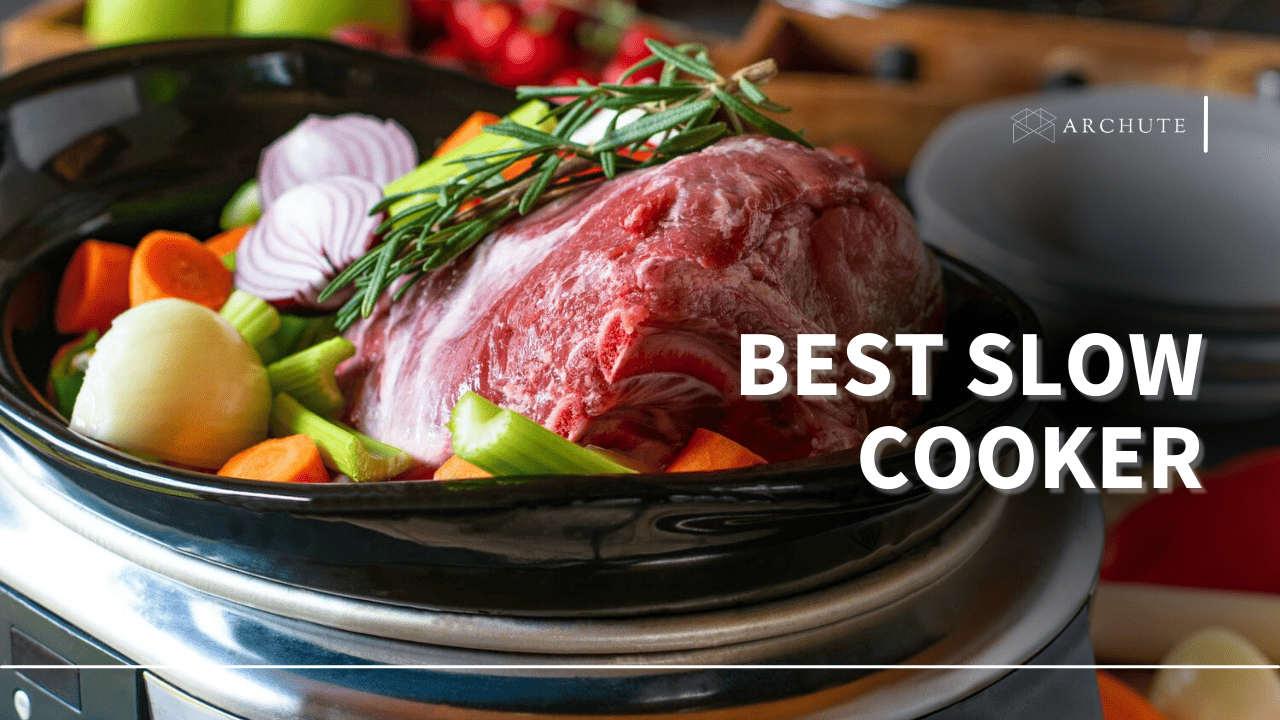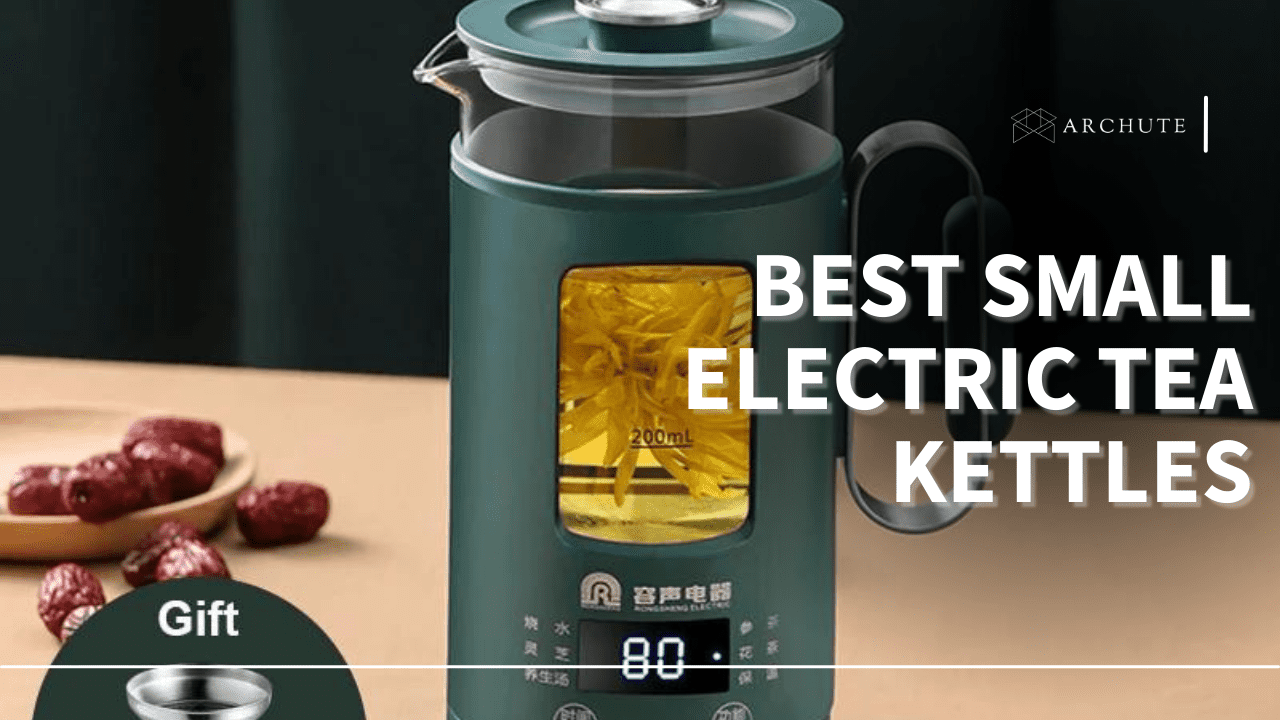When trying out recipes in your kitchen, your cooking surfaces are bound to get messy and dirty from meal prep, and this is not more than your stovetop. You should check your drip pans under each burner because there is a high chance that there are covered with spaghetti sauce or scrambled eggs that have hardened on the concrete-like coating. If you are wondering how to clean stove drip pans, keep reading.
Cleaning the food spills, sticky, greasy deposits and dirt from your stove drip pans are necessary for maximum efficiency. If you don't regularly clean, the odor will not only accumulate and become unbearable, and it is also not a good sight.
However, don't immediately remove toxic chemicals as there are ways to achieve sparkling cooktops with minimum effort using some items you might already have.
What are Drip Pans?
Drip pans are used to catch splatter and spills, but not every stove will have removable drip pans. Some stoves come with molded basins around the burners, and they serve the same function as a removable drip pan.
A drip pan is meant to collect flavorful juices from your meat or that you can use in stock or sauce. However, it's important to prevent the juices from falling on the flame to avoid flare-ups. Also, a drip pan can be used to prevent oil from coating the water in your pan to prevent evaporation.
What You Will Need
Equipment / Tools
- A bucket or a sink
- Sponge
- Plastic scouring pad or a steel wool pad
- Microfiber cloth
- Rubber gloves (optional)
Materials
- Dish soap or dishwashing liquid
- Baking soda
- Distilled white vinegar
- Household ammonia
- One gallon resealable plastic bags
- Melamine sponge
Methods to Clean Drip Pans
Before you start cleaning stove drip pans or stovetop parts, allow the burners to cool completely and before you remove any other components.
Notably, the cleaning methods below can work for electric stove drip pans and the gas stove cookers from either porcelain or chrome.
1. How to Clean Drip Pans With Dish Soap
This method of cleaning stove drip pans works well for splatters and fresh spills. Notably, drip pans and removable chrome rings are lightly soiled. They can be cleaned by placing them on your rack on top of your dishwasher.
a). Remove Drip Pans and Components
When the spill happens, remove the drip pan and any other decorative rings.
b). Create your Cleaning Solution
Fill your bowl or sink with hot water and add some drops of a dishwashing detergent or dish soap with a grease-cutting ingredient.
c). Soak, Wipe, Rinse, and Dry
Put your drip pans and other removable components in your soapy water and allow them to soak for a minimum of 10 minutes. Wipe your soapy drip pans with a dishcloth or a sponge.
If there are tough spots, use your melamine sponge and lightly scrub away the food. Rinse your drip pan with hot water and dry with a microfiber cloth.
d). Reinstall the Drip Pans
Return your stove drip pans under the burners and ensure they fit smoothly in their place.
2. How to Clean Drip Pans Using Baking Soda and Vinegar
If soapy water doesn't cut through the food buildup, use this baking soda and vinegar method.
Vinegar is a great cleaning agent because its acidity can easily dissolve the soap scum or other buildup on different surfaces.
a). Remove the Drip Pans and Its Components
When your stovetop cools, remove the drip pans and shake them over your garbage bag to remove all the loose gunk and burned particles. This is a great time to check if there are any food spills on your stovetop and if it also needs cleaning.
b). Soak in Hot, Soapy Water
Fill your bucket or sink with adequate hot water and add a few drops of dishwashing liquid so that they cover your drip pans completely. Soak the drip pans for about 15 minutes.
c). Soak in Vinegar
Drain the hot soap mixture and add enough distilled white vinegar to cover the drip pans completely, and allow them to soak for another 30 minutes.
d). Scrub with Baking Soda
Sprinkle your solution with a generous amount of baking soda, and you will notice a fizzing as the baking soda reacts with white vinegar. Leave the mixture for about 15 minutes.
Using a plastic scrubber, scour your pans while sprinkling some additional baking soda on the areas with the difficult-to-remove stains.
e). Rinse, Dry, and Replace
Rinse your drip pans using hot water and dry with a microfiber cloth. Return all the components to your stovetop and ensure they have fit well.
3. How to Clean Drip Pans with Household Ammonia
Household ammonia is a strong cleaner and should only be used in a well-ventilated space. This is the most effective method for greasy drip pans that heavily burn on food.
This method of cleaning drip pans needs minimal effort because it is very powerful. However, if you have sensitive skin, ensure you wear gloves.
a). Bag the Drip Pans
When your drip pans cool completely, place each drip pan in a separate one-gallon resealable plastic bag.
b). Add the Ammonia
Pour one-fourth cup of some household ammonia in each bag. The cleaner should be powerful enough that you don't need to cover the drip pans with ammonia completely. The ammonia fumes will cut through any grime and grease.
c). Seal the Bags and Wait
Seal your plastic bags and allow your ammonia to work for a minimum of 12 hours, and when the time lapses, open them away from your face as the fumes are strong. Then, remove your drip pans and safely dispose of the ammonia and plastic bags.
d). Wash in Hot Soapy Water
Fill your bowl or sink with hot water and add a few drops of a dishwashing liquid. Next, wash your stove drip pans with a sponge, then use a melamine sponge or plastic scrubber on all the tough to remove spots. This shouldn't use a lot of elbow grease.
e). Rinse, Dry, and Replace
Rinse your drip pans in hot water, dry each drip pan using a microfiber towel, and then place it back on the stovetop.
4. Use DIY Hydrogen Peroxide
Hydrogen peroxide is another cleaner that has enough power to clean stove plates, and luckily, it's one of those household items everyone has. This method also uses baking soda, and it can be excellent for cleaning electric stovetops or gas stoves. However, be careful and avoid damaging any elements of your stove or burners.
- Rinse your cooktop drip pans to remove any loose debris or gunk.
- Sprinkle some more baking soda gradually over your drip pans and ensure to coat the drip pans thoroughly.
- You will notice the baking soda fizz while working away at your gunk on your drip pans.
- Leave your pans for a while, and then rinse everything afterward. If this process doesn't eliminate everything, some repeat and extra scrubbing may be necessary.
5. Use an Oven Cleaner
This is another pre-packaged cleaner to achieve sparkling cooktops. An oven cleaner is meant to be baked on or burn gunk off your oven, therefore, and it is well-equipped to handle the same from your stove burners.
It qualifies as an excellent cleaner for all your stovetop needs, and it can also be used for cleaning gas drip grates and stainless steel oven racks. In addition, you can try the oven cleaner on your cookware to remove any burn marks on the pot you struggle to remove.
- Put your dirty drip pans in your sink or bucket and splash a generous dish soap amount over them.
- Fill your sink with hot water that will at least cover your drip pans, then allow your drip pans to soak for about an hour or more.
- Drain your soap and water mixture from your sink and rinse your drip pans in the process.
- Spray a thick layer of oven cleaner over your drip pans.
- Let the drip pans sit in your sink while covered with an oven cleaner for another hour.
- Any remaining grime is removable with a scouring pad or a scrubber and if it's not, repeat the whole process.
6. Elbow Grease
Since your stove pan drip has grease and oil buildup, elbow grease could be the best way to remove them. The product is effective for cleaning kitchen surfaces, countertops and cabinets. Below are some tips that could help:
- First, lay your stovetop drip pans on newspapers.
- Next, use a dry rag to rub over your drip pan in a circular motion.
- Next, ensure you remove all the oil and grease from your burner pans using a dry rag and wash it off in the water.
- This liquid will not work well if it's on top of the grease and oil.
- Next, wipe your cleaner gently using a rag or a paper towel.
- Finally, ensure you clean stovetop drip pans in a well-ventilated area to avoid breathing in the fumes of your cleaning liquid.
7. Clean your Burner Pans Using Bar Keepers Friend
If you don't want to make your cleaner at home, you can always purchase one from your nearest convenience store. However, you should remember that some may work better than others for pre-made cleaners.
Barkeepers Friend is a mildly abrasive way to clean burner pans, and you can use it to scrub away the stains on your dirty drip pans. To use it, follow the following steps:
- Using a spray bottle, spray water on your drip pans
- Sprinkle some of the Bar Keeper's Friend on the stained areas of your drip pans. Allow the powder to sit for some minutes for it to be effective. You can opt for more minutes if your drip pans are soiled.
- Sprinkle some more water on top of your drip pan
- Using an old toothbrush, clean away the stains. Alternatively, use a scouring pad but avoid using steel wool as this can scratch and dull your drip pans.
- Let it sit for up to 10 minutes and rinse the stove-top drip pans with water thoroughly. Ensure that all residues are over, and you should only be left with stains that will not easily budge.
- Otherwise, you should be left with clean burner pans. If there are still some dirty areas on your drip pans, repeat the process.
How Often Should you Clean Your Stove Drip Pans?
Generally, drip pans should be cleaned every time you use your stovetop burner. When you tackle splatters and spills when they are fresh, the stove-top drip pans become easier to clean.
However, if you prepare food daily, you should clean stove drip pans weekly, when you need to or when you see stains. This is essential because grease and food particles built upon the stovetop drip pans can cause smoking and fires.
Are Stove Drip Pans Universal?
The main function of electric stove drip pans is to catch any spills and messy drips because they can be very hard to clean. These crumbs, splatter, and boil-overs, when not cleaned immediately, become super tough that no elbow grease or cleaning agent can restore their appearance. In addition, the loose crumbs can easily catch fire and cause smoking.
On the other hand, chrome-plated drip pans can result in other issues if they are kept clean.
- Chrome will make it obvious when something is against its surface, which will ruin the stove's appearance and cause a general sense of dirtiness.
- The grimy darkened chrome usually absorbs heat instead of reflecting it for uneven cooking results.
So, when you are ready to replace your drip pans and need to determine the size you need, you will need to do some research. Unfortunately, there is no one-size-fits-all for drip pans, and there are four different styles where each size comes in small and large.
Frequently Asked Questions on How to Clean Stove Drip Pans
1. Can a dishwasher be used for cleaning stove drip pans?
Yes and no. It depends on the material that has made the drip pan. Porcelain and chrome drip pans are dishwasher safe, and they can help you save time and effort. Place your drip pan on the top rack of your usual dishwashing cycle.
2. How long do drip pans last?
The lifespan of a drip pan depends on how often you use your stove, but when cleaned regularly, your drip pan could last for several years. However, once your drip pan is stained, warped, or dirty beyond your cleaning capabilities, it's time to purchase new drip pans.
In addition, some people line their stove-top pans with aluminum foil. To ensure your drip pan lasts longer, avoid this because heat can build up underneath your aluminum foil and lead to uneven cooking or a potential fire hazard.
Image Credit: mallardproperties.net
















